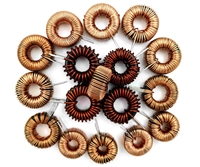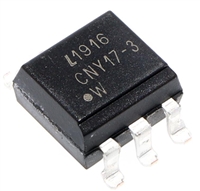| 型号 | 品牌 | 获取价格 | 描述 | 数据表 |
| AS1160-BCTT | AMSCO |
获取价格 |
20MHz - 66MHz, 10-Bit Bus, IEEE 1149.1 (JTAG) Compliant LVDS Serializer/Deserializer |

|
| AS11619 | SUMIDA |
获取价格 |
LF Transmitter Antenna |

|
| AS11619-125A | SUMIDA |
获取价格 |
LF Transmitter Antenna |

|
| AS11619-125B | SUMIDA |
获取价格 |
LF Transmitter Antenna |

|
| AS11619-125C | SUMIDA |
获取价格 |
LF Transmitter Antenna |

|
| AS11619-125D | SUMIDA |
获取价格 |
LF Transmitter Antenna |

|
| AS11619-125E | SUMIDA |
获取价格 |
LF Transmitter Antenna |

|
| AS11619-134A | SUMIDA |
获取价格 |
LF Transmitter Antenna |

|
| AS11619-134B | SUMIDA |
获取价格 |
LF Transmitter Antenna |

|
| AS11619-134C | SUMIDA |
获取价格 |
LF Transmitter Antenna |

|
 压敏电阻器在直流电路中的过压保护应用探讨
压敏电阻器在直流电路中的过压保护应用探讨

 电感耐压值及其与电感大小的关系
电感耐压值及其与电感大小的关系

 CNY17F光耦合器:特性、应用、封装、引脚功能及替换型号解析
CNY17F光耦合器:特性、应用、封装、引脚功能及替换型号解析

 DS1307资料解析:特性、引脚说明、替代推荐
DS1307资料解析:特性、引脚说明、替代推荐
